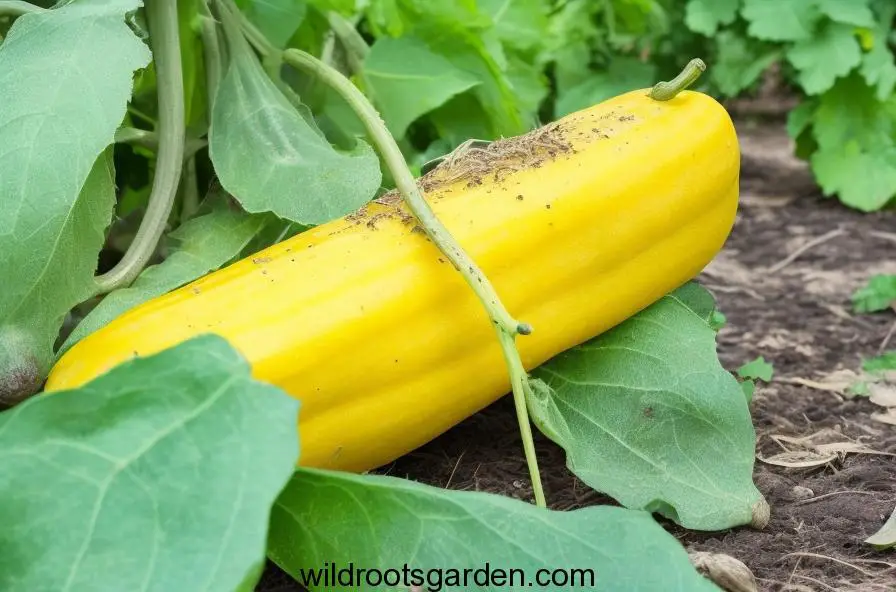Discover the heartbreak of watching your vibrant yellow squash wither away on the vine. Learn how to prevent and manage rotting, preserving the joy of homegrown produce.
- ? Why yellow squash rot on the vine.
- ? Signs of rot and what causes it.
- ? Prevention methods for healthier squash.
- ? Saving your squash and salvaging the harvest.
Imagine the anticipation of nurturing your vibrant yellow squash plants, tenderly tending to them as they stretch toward the sun, and eagerly awaiting the moment when you can savor their deliciousness. Then, suddenly, your heart sinks as you notice the telltale signs of rotting squash on the vine. It’s a gardener’s heartbreak, but fear not – we’re here to guide you through the process of understanding, preventing, and managing this frustrating issue.
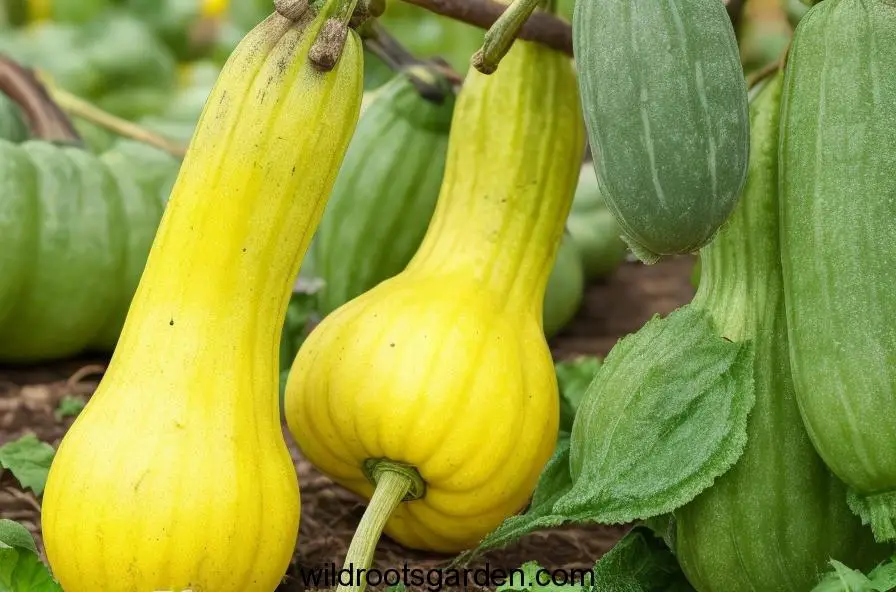
Why Yellow Squash Rot on the Vine:
Yellow squash, like any other vegetable, can fall victim to various environmental factors and diseases. Understanding the causes of rot is crucial in preventing it. Some common culprits include:
- Overwatering: Excessive moisture around the base of the plant can lead to rot, especially in poorly draining soil.
- Fungal Infections: Fungi such as powdery mildew can attack the leaves and fruit, causing decay.
- Poor Air Circulation: Squash plants need adequate airflow to prevent moisture buildup, which contributes to rot.
- Inadequate Pollination: Without proper pollination, squash can develop misshapen or unhealthy fruit, which is more susceptible to rot.
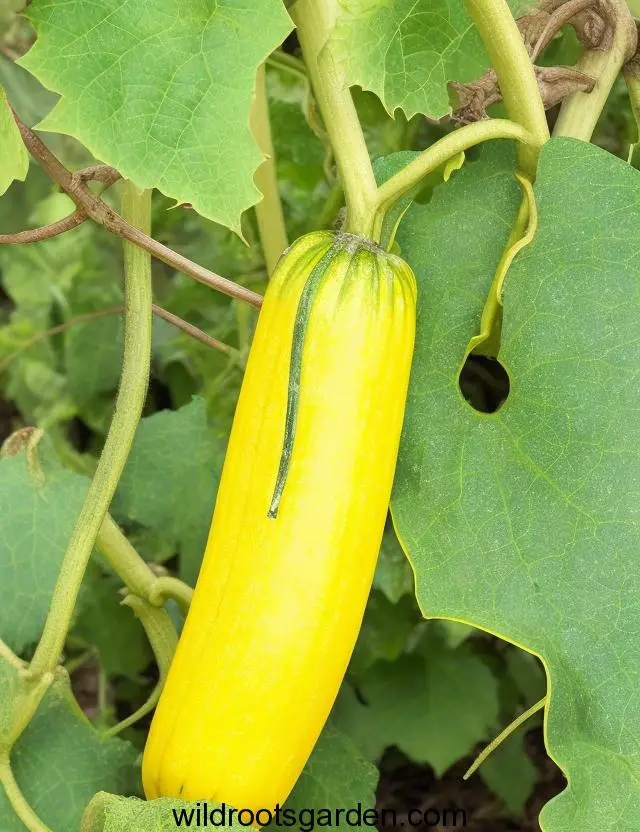
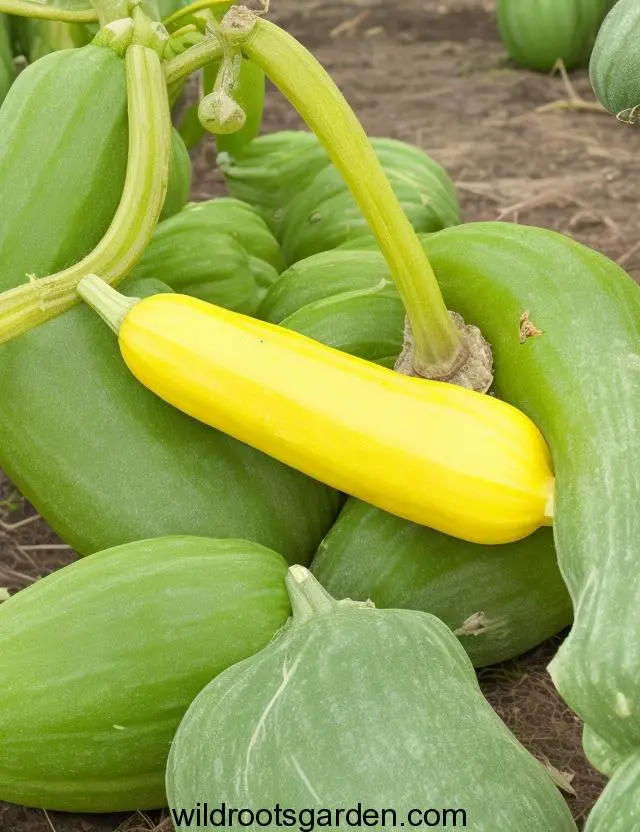
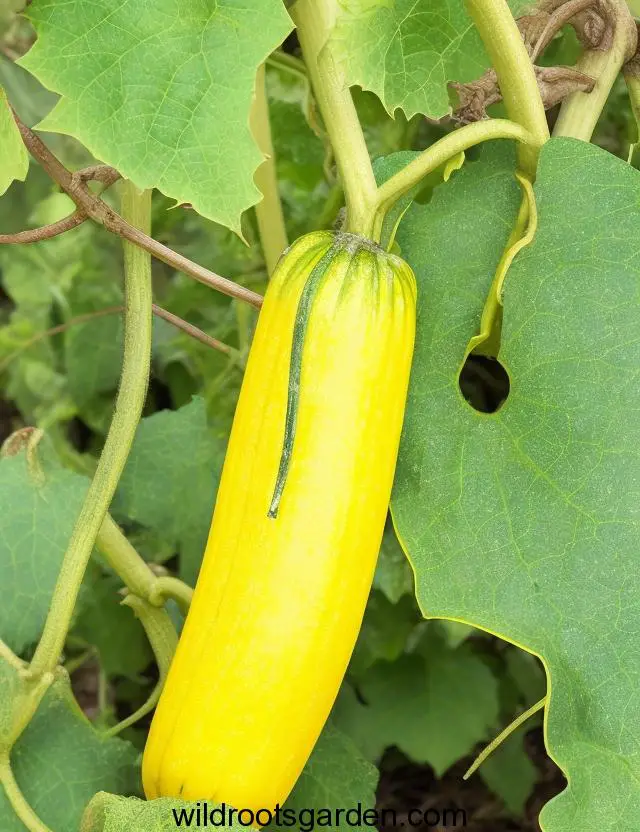
Signs of Rot and What Causes It:
Identifying rotting squash early is essential for effective intervention. Look out for these signs:
- Soft, mushy areas on the squash.
- Brown or black spots that grow in size.
- A foul odor emanating from the fruit.
- Mold or mildew on the surface.
- Leathery or wrinkled skin.
Prevention Methods for Healthier Squash:
Preventing squash rot starts with proper care and vigilant observation:
- Water Wisely: Water at the base of the plant early in the day, allowing the soil to dry out between watering sessions.
- Prune Regularly: Remove excess foliage to improve air circulation and reduce humidity around the squash.
- Fungicide Treatment: Apply a suitable fungicide as a preventive measure or as soon as you notice signs of disease.
- Pollination Assistance: Encourage pollinators like bees to visit your garden, or hand-pollinate if necessary.
- Well-Draining Soil: Ensure your squash plants are in well-draining soil to prevent waterlogged roots.
Saving Your Squash and Salvaging the Harvest:
If you spot rot in its early stages, you may still save some of your squash. Here’s how:
- Prune Affected Areas: Carefully cut away the rotting parts, leaving only healthy flesh.
- Increase Airflow: Continue pruning and thinning to improve air circulation.
- Harvest Early: If you fear rot, consider harvesting squash a bit earlier than usual to minimize the risk.
- Treat with Fungicide: Apply fungicide as directed to slow the progression of the disease.
Final Thoughts:
Experiencing yellow squash rotting on the vine can be disheartening, but it’s not the end of your gardening journey. By understanding the causes, identifying the signs, and taking preventative measures, you can increase your chances of enjoying a bountiful squash harvest. Stay vigilant, nurture your plants, and with a little TLC, you’ll be savoring delicious, homegrown squash once more.

